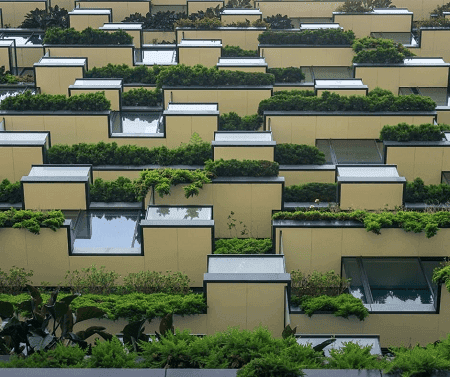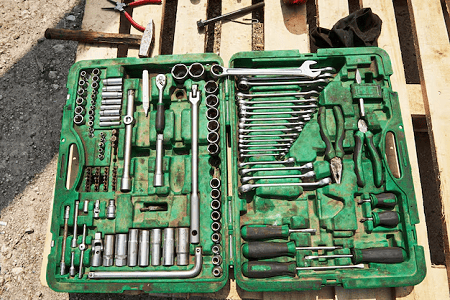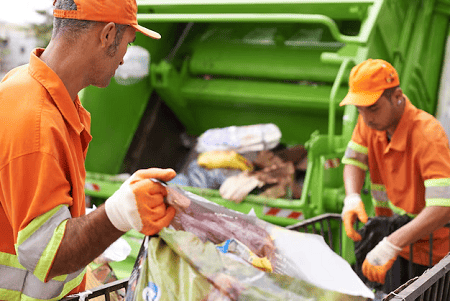Supportable Transportation
Supportable Transportation ? When discussing “supportable transportation,” it’s important to understand that the concept often revolves around accessibility and inclusivity, particularly for individuals with disabilities or reduced mobility. Here’s a breakdown of what that entails: Key Aspects of Supportable Transportation: In essence, supportable transportation strives to: Therefore, when you hear “supportable transportation,” think of systems that are designed to be accessible, inclusive, and safe for all members of the community. What is Supportable Transportation ? The term “supportable transportation” emphasizes the need for transportation systems to be accessible and inclusive, catering to the diverse needs of all individuals, especially those with disabilities or reduced mobility. Here’s a breakdown: Core Concepts: In practical terms, “supportable transportation” aims to: Therefore, when considering “supportable transportation,” it’s about creating a system that prioritizes the needs of all people, ensuring that everyone can travel safely and comfortably. Who is required Supportable Transportation ? Supportable transportation is essential for a wide range of individuals, and while it’s often associated with those with visible disabilities, the need extends much further. Here’s a breakdown of who requires it: In essence, supportable transportation benefits anyone who may experience challenges navigating standard transportation systems. It’s about creating an inclusive environment where everyone can travel safely and independently. When is required Supportable Transportation ? Supportable transportation isn’t needed only in specific, isolated moments; it’s a constant need for many individuals. Here’s a breakdown of when it’s required: Daily Life Activities: Specific Situations: Key Takeaways: In essence, supportable transportation is required whenever anyone with a mobility limitation needs to move from one place to another. COURTESY : Via Where is required Supportable Transportation ? Supportable transportation is required in a multitude of locations and across various transportation modes. Here’s a breakdown of key areas where it’s essential: Public Transportation Systems: Infrastructure: Specific Environments: In essence, supportable transportation is needed anywhere people travel, ensuring that everyone has the opportunity to move freely and independently. How is required Supportable Transportation ? Creating and maintaining supportable transportation involves a multifaceted approach, encompassing infrastructure, technology, services, and policy. Here’s a breakdown of how it’s required: 1. Infrastructure Development: 2. Technological Integration: 3. Service Provision: 4. Policy and Regulation: 5. Community Engagement: In essence, achieving truly supportable transportation requires a holistic approach that integrates infrastructure, technology, services, policy, and community engagement. Case study is Supportable Transportation ? It’s important to understand that “supportable transportation” is a broad concept, and case studies often focus on specific aspects of it. Here are a couple of examples that illustrate how this concept is put into practice: 1. Integrating Technology for Cognitive Disabilities: 2. Addressing Transportation Barriers in Healthcare: Key Takeaways from these Case Studies: These examples demonstrate that “supportable transportation” is not a one-size-fits-all solution. It requires a comprehensive and adaptable approach that considers the diverse needs of the population. COURTESY : Tech Files White paper on Supportable Transportation ? It’s important to clarify that “supportable transportation” as a distinct, universally codified term might appear in various contexts, often interwoven with broader discussions on: Therefore, when searching for relevant “white papers,” it’s beneficial to consider these related areas. Here’s a breakdown of where to find valuable information and what key themes they address: Key Areas and Sources: Where to Find White Papers: When searching, use keywords such as: By exploring these resources, you can gain a comprehensive understanding of the various dimensions of “supportable transportation.” Industrial application of Supportable Transportation ? When considering the industrial application of “supportable transportation,” it’s vital to broaden the scope beyond just individual passenger transport. It also encompasses the movement of goods, materials, and personnel within industrial settings, with a focus on efficiency, safety, and accessibility. Here’s how it applies: 1. Logistics and Supply Chain: 2. Manufacturing and Production: 3. Construction and Infrastructure: 4. Mining and Resource Extraction: Key Industrial Application Trends: In essence, “supportable transportation” in an industrial context means creating systems that are efficient, safe, and accessible to all workers, regardless of their abilities. Research and development of Supportable Transportation ? Research and development (R&D) in “supportable transportation” is a dynamic field, driven by the need to create more inclusive, efficient, and sustainable mobility solutions. Here’s a look at key areas of focus: 1. Accessible Infrastructure and Vehicle Design: 2. Smart Transportation and Technology: 3. Sustainable and Equitable Mobility: 4. Social and Behavioral Research: Key Organizations and Initiatives: By focusing on these areas, R&D efforts are working to create a future where transportation is truly accessible and inclusive for everyone. COURTESY : City for All References









